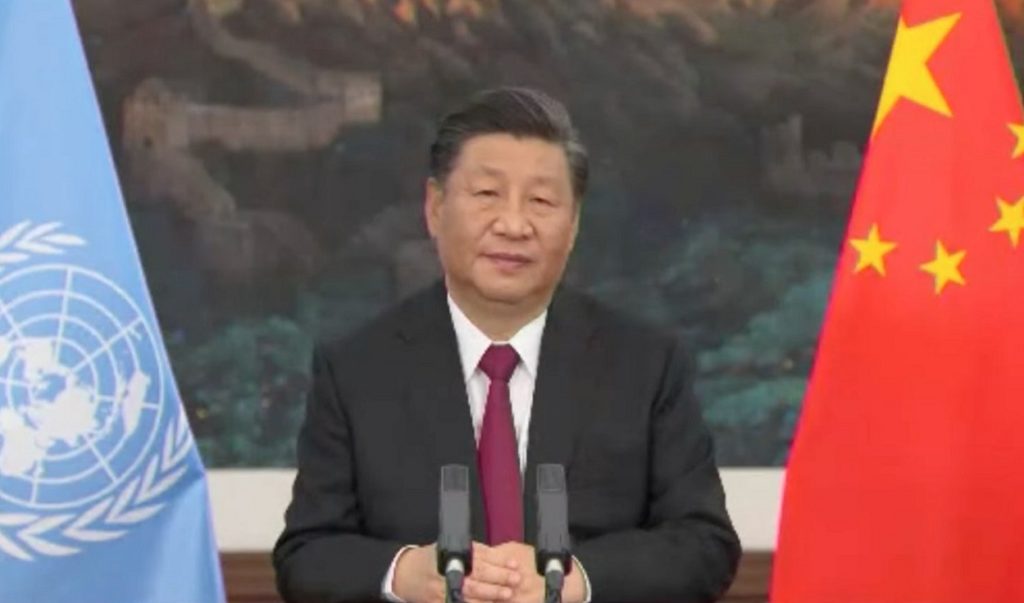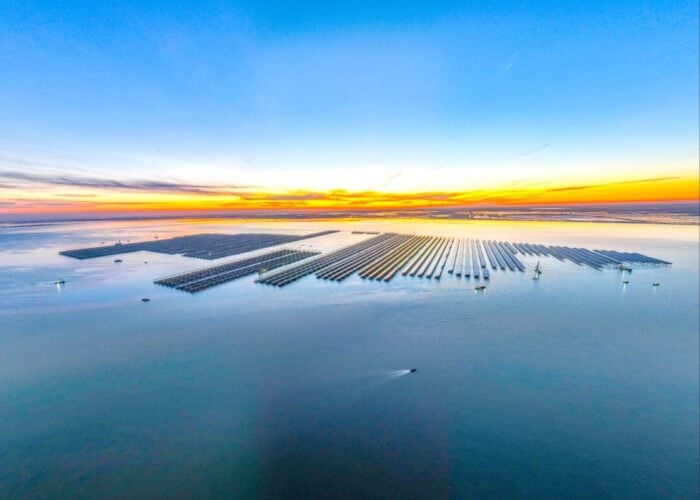
Chinese president Xi Jinping has unveiled on Wednesday (24 September) a new climate target for China at the United Nations Climate Change Summit, which aims to cut by 7-10% China’s peak greenhouse gas emissions by 2035.
The share of non-fossil energy in total energy consumption will reach over 30%. The total installed capacity of wind and solar power will be more than six times that of 2020, aiming to reach 3.6TW by 2035. Forest stock volume will reach over 24 billion cubic meters. New energy vehicles will become the mainstream of newly sold vehicles. The national carbon emission trading market will cover major high-emission industries, and a climate-resilient society will be basically established.
Try Premium for just $1
- Full premium access for the first month at only $1
- Converts to an annual rate after 30 days unless cancelled
- Cancel anytime during the trial period
Premium Benefits
- Expert industry analysis and interviews
- Digital access to PV Tech Power journal
- Exclusive event discounts
Or get the full Premium subscription right away
Or continue reading this article for free
Xi Jinping stated that China set this goal in accordance with the requirements of the Paris Agreement and that it represents the country’s utmost effort. He added that achieving this goal requires arduous efforts from China itself, as well as a favourable and open international environment.
Data from China’s National Energy Administration shows that as of the end of 2024, the installed capacity of wind and solar power in China had reached 1.4TW. Solar PV reached the terawatt threshold in May of this year, after the country saw nearly 100GW of new solar PV installed in a single month. Guided by the policy target of 3.6TW by 2035, medium- to long-term PV installation demand is projected to remain robust.






